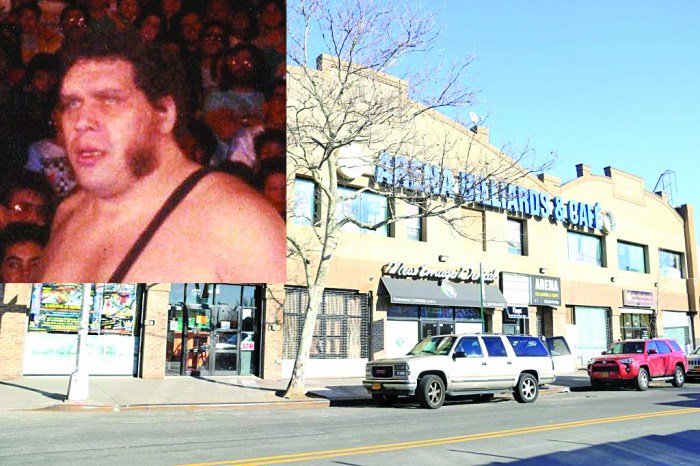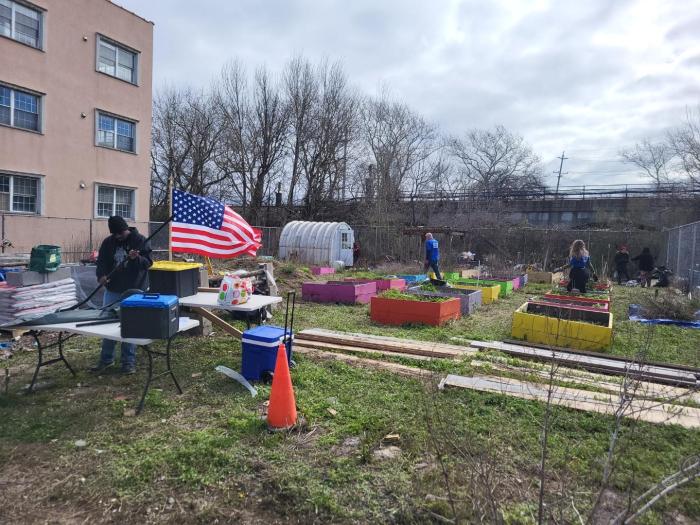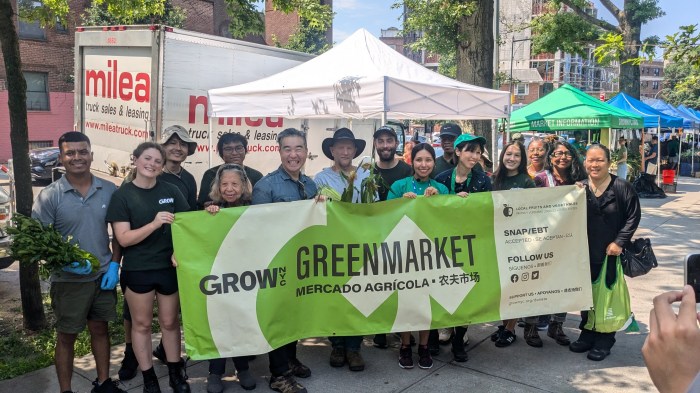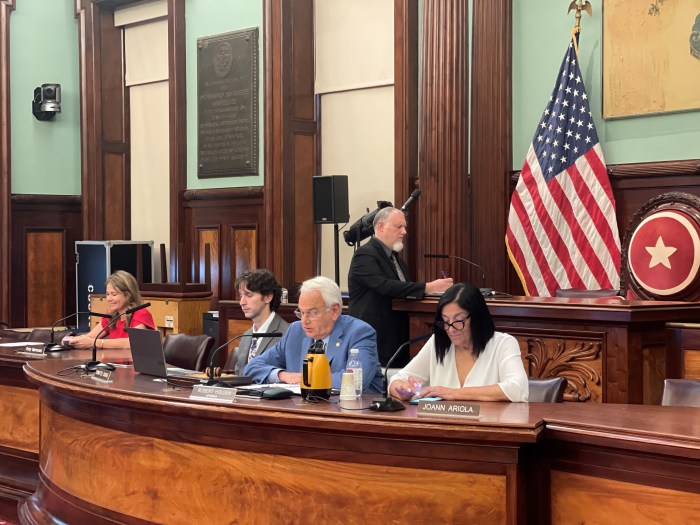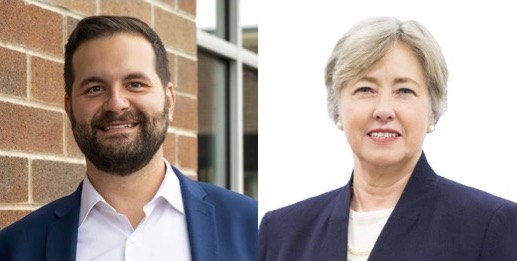As much of the media’s attention was focused on the City Council’s vote on the controversial Willets Point redevelopment project, a second big ticket housing project — which Mayor Michael Bloomberg calls the city’s largest affordable housing development for the middle class — also got the green light.
On Thursday, November 13, the City Council voted in favor of the Hunters Point South project — on a piece of public land in Long Island City on the East River.
Bloomberg and Queens politicians praised the “yes” vote, describing this endeavor as a great step towards making The Big Apple more reasonable.
But advocates for affordable housing charged that the plan would only serve a small portion of people, leaving out the majority of the borough’s families.
The 30-acre Hunters Point South site — bounded by 50th Avenue, Second Street, Newtown Creek and the East River — will accommodate 5,000 new units of housing, most of which will be rental.
Of these units, 60 percent will be moderate- and middle-income housing, which means that families with incomes ranging from $55,000 to $158,000 will be eligible to live there, said Seth Donlin, spokesperson for the city’s Housing Preservation Development, which has been involved with the project.
Within those 5,000 units, there will be another group of 200 that will be dedicated to low-income seniors, according to the New York City Economic Development Corporation (EDC), which has also been working on the project.
The remainder of the units will be available at market rate.
Additionally, 500 low-income units are being planned in the coming years at an adjacent site, according to EDC.
“The city is taking a bold step forward for middle-class families,” said Councilmember Eric Gioia, a Democrat who represents the area. “If all we do is housing for the wealthy or the desperately poor, then that middle will be pushed out of New York City.”
The city is in dire need of a plan like this because it is being plagued by a deep housing crisis, Gioia said.
“It’s a crisis that you can see by walking down Roosevelt Avenue or down Skillman Avenue and looking at the one- and two-family houses with four and five and six bells on the door. There’s so many bells because that’s how many families are living in those homes,” Gioia said.
“You have kitchens that have mattresses on the floor because that is where people are sleeping,” he added.
But the plan as it was approved will not help alleviate this crisis, said members of Queens for Affordable Housing (QFAH), a coalition of housing advocates and community organizations in the borough.
“This plan leaves out the majority of Queens families — this plan that’s supposed to be affordable housing,” said Hannah Weinstock, of Queens Community House, a QFAH organization.
Weinstock pointed out that the Queens median income is $51,290, which is lower than the minimum of $55,000 that a family needs to make in order to qualify for housing at Hunters Point South.
The households falling within the required income range, particularly the top portion of that range, do not really need to be subsidized by the city to afford their housing, Weinstock explained.
QFAH, together with Gioia, had recommended more low-income units within the 60 percent dedicated to affordable housing. They requested 20 percent for families earning below $25,000, 20 percent for households earning up to $62,000 and another 20 percent for families making up to $100,000, said Weinstock. She added that Gioia supported this request.
Community Board 2 issued a similar recommendation when it gave the proposal a “yes” vote earlier this year.
Creating affordable housing units at Hunters Point South is a part of Bloomberg’s $7.5 billion plan to build and preserve 165,000 units of affordable housing over 10 years. This is the largest municipal affordable plan in the United States, according to EDC.
In addition to housing, Hunters Point South will include more than 11 acres of landscaped waterfront parkland, retail shops and a new school.
The project will cost $222 million, which only includes site acquisition and infrastructure improvements, said David Lombino, EDC spokesperson. Building construction costs will be covered by developers, who have not been chosen as of yet, Lombino explained.
Work on the project is expected to start in 2009 and to be completed in about 10 years.



























